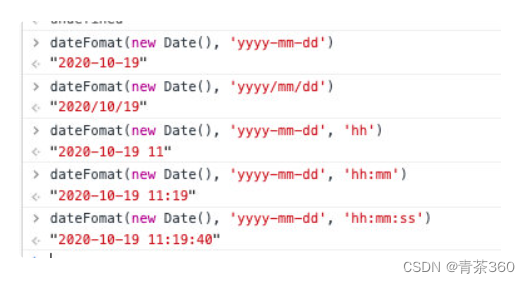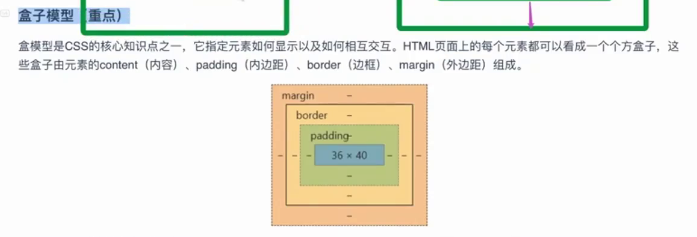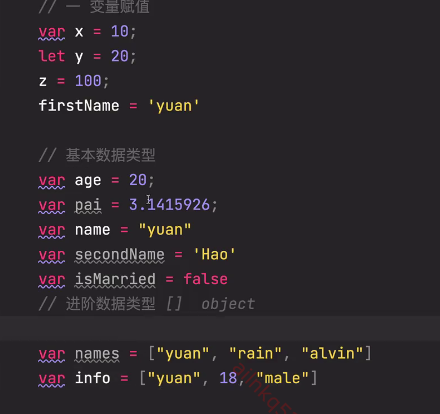转自:https://www.cnblogs.com/miraclepbc/p/14345342.html
相关包导入
import torch
import pandas as pd
import numpy as np
import matplotlib.pyplot as plt
from torch import nn
import torch.nn.functional as F
from torch.utils.data import TensorDataset
from torch.utils.data import DataLoader
from sklearn.model_selection import train_test_split
import torchvision
from torchvision import datasets, transforms
%matplotlib inline
设置device
device = torch.device("cuda:0" if torch.cuda.is_available() else "cpu")
如果cuda是可用的,那么就使用"cuda:0",否则使用"cpu"
数据加载
transformation = transforms.Compose([transforms.ToTensor(), ## 转化为一个tensor, 转换到0-1之间, 将channnel放在第一位
])train_ds = datasets.MNIST('E:/datasets2/1-18/dataset/daatset',train = True,transform =transformation,download = True
)test_ds = datasets.MNIST('E:/datasets2/1-18/dataset/daatset',train = False,transform = transformation,download = True
)train_dl = DataLoader(train_ds, batch_size = 64, shuffle = True)
test_dl = DataLoader(test_ds, batch_size = 258)
模型定义
class Model(nn.Module):def __init__(self):super().__init__()self.conv1 = nn.Conv2d(1, 6, 5)#参数分别为n_channels, out_channels, kernel_size, stride=1, padding=0, dilation=1, groups=1, bias=Trueself.pool = nn.MaxPool2d((2, 2))self.conv2 = nn.Conv2d(6, 16, 5)self.linear_1 = nn.Linear(16 * 4 * 4, 256)self.linear_2 = nn.Linear(256, 10)def forward(self, input):x = F.relu(self.conv1(input))x = self.pool(x)x = F.relu(self.conv2(x))x = self.pool(x)# print(x.size())x = x.view(-1, 16 * 4 * 4)x = F.relu(self.linear_1(x))x = self.linear_2(x)return xloss_func = torch.nn.CrossEntropyLoss()
这里需要注意一点是,卷积、池化之后是不知道数据的shape的,因此可以采用print的方法,测试一下
具体来说,就是先在全连接层的维度那里随便设置值,然后打印一下
在输出框里,会出现正确的值,这时再将之前随便设置的值修正过来即可
模型训练
def fit(epoch, model, trainloader, testloader):correct = 0total = 0running_loss = 0for x, y in trainloader:x, y = x.to(device), y.to(device)y_pred = model(x)loss = loss_func(y_pred, y)optimizer.zero_grad()loss.backward()optimizer.step()with torch.no_grad():y_pred = torch.argmax(y_pred, dim = 1)correct += (y_pred == y).sum().item()total += y.size(0)running_loss += loss.item()epoch_acc = correct / totalepoch_loss = running_loss / len(trainloader.dataset)test_correct = 0test_total = 0test_running_loss = 0with torch.no_grad():for x, y in testloader:x, y = x.to(device), y.to(device)y_pred = model(x)loss = loss_func(y_pred, y)y_pred = torch.argmax(y_pred, dim = 1)test_correct += (y_pred == y).sum().item()test_total += y.size(0)test_running_loss += loss.item()epoch_test_acc = test_correct / test_totalepoch_test_loss = test_running_loss / len(testloader.dataset)print('epoch: ', epoch, 'loss: ', round(epoch_loss, 3),'accuracy: ', round(epoch_acc, 3),'test_loss: ', round(epoch_test_loss, 3),'test_accuracy: ', round(epoch_test_acc, 3))return epoch_loss, epoch_acc, epoch_test_loss, epoch_test_accmodel = Model()
model.to(device)
optimizer = torch.optim.Adam(model.parameters(), lr = 0.001)
epochs = 20train_loss = []
train_acc = []
test_loss = []
test_acc = []
for epoch in range(epochs):epoch_loss, epoch_acc, epoch_test_loss, epoch_test_acc = fit(epoch, model, train_dl, test_dl)train_loss.append(epoch_loss)train_acc.append(epoch_acc)test_loss.append(epoch_test_loss)test_acc.append(epoch_test_acc)
这里需要注意的地方是,如果要调用gpu,那么需要将模型和数据都转移到gpu上
因此,需要调用.to(device)方法进行转移
训练结果












